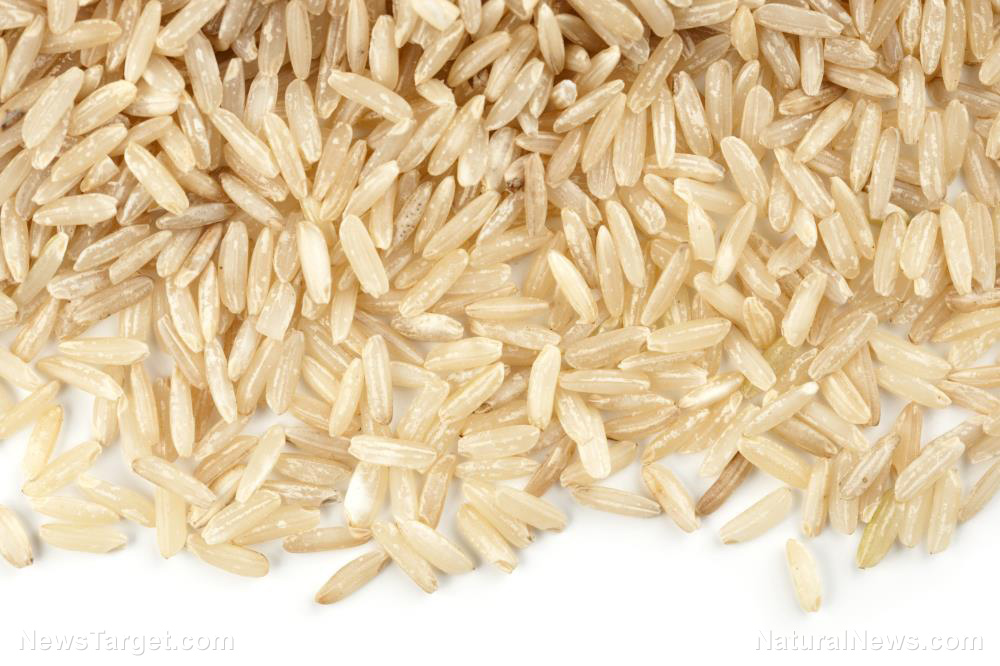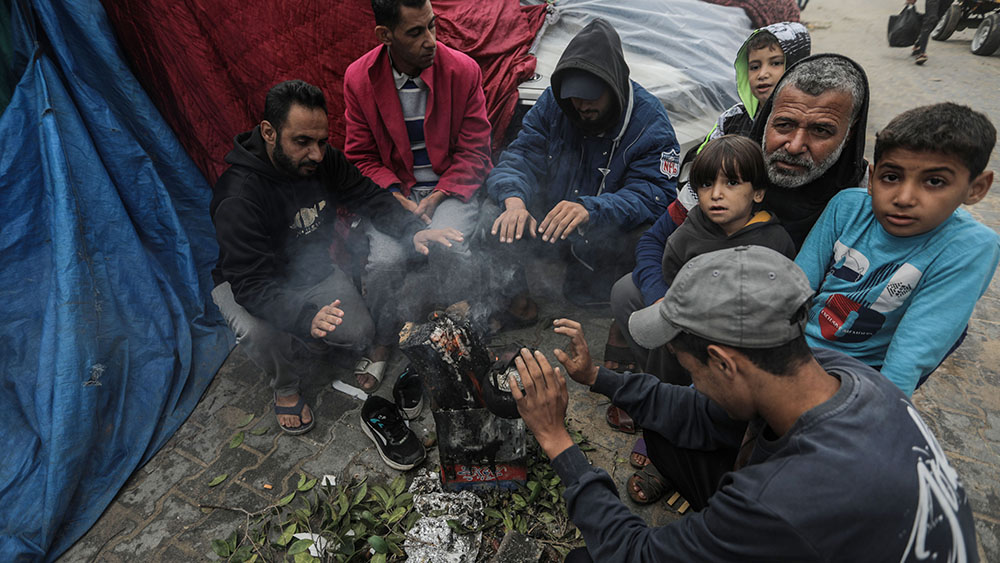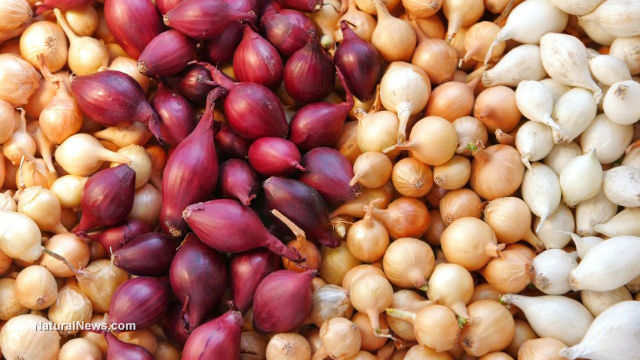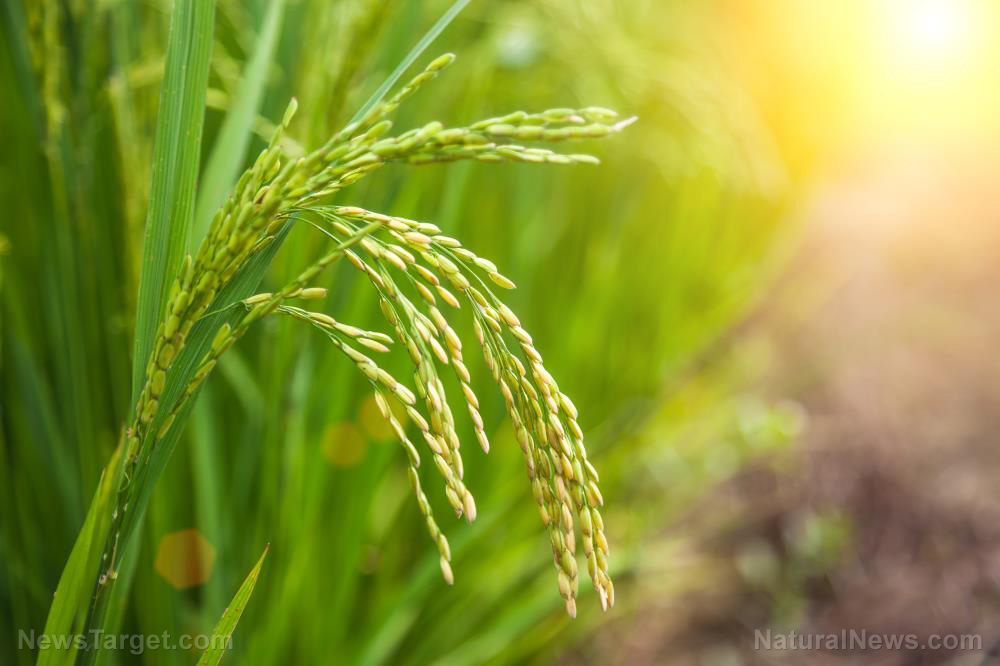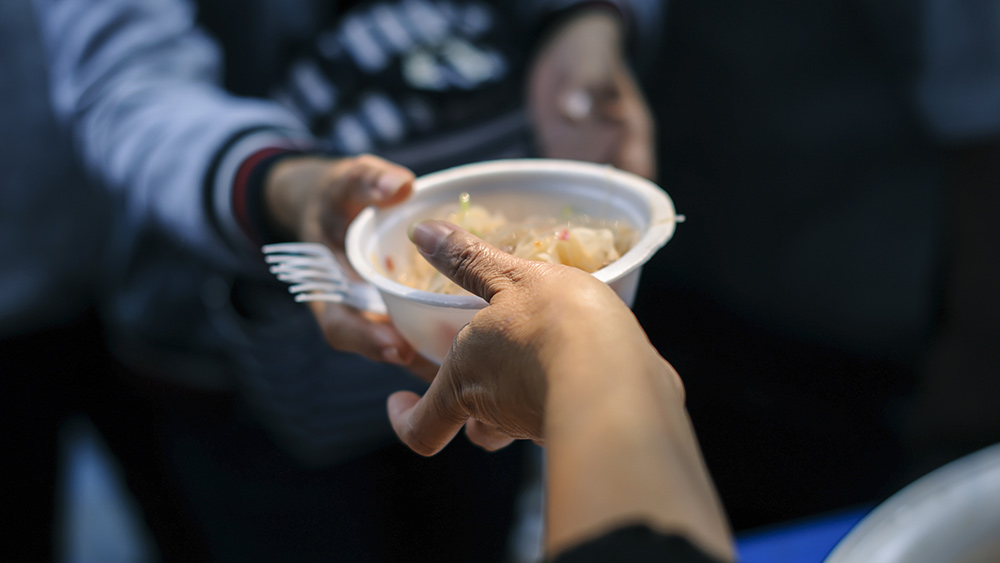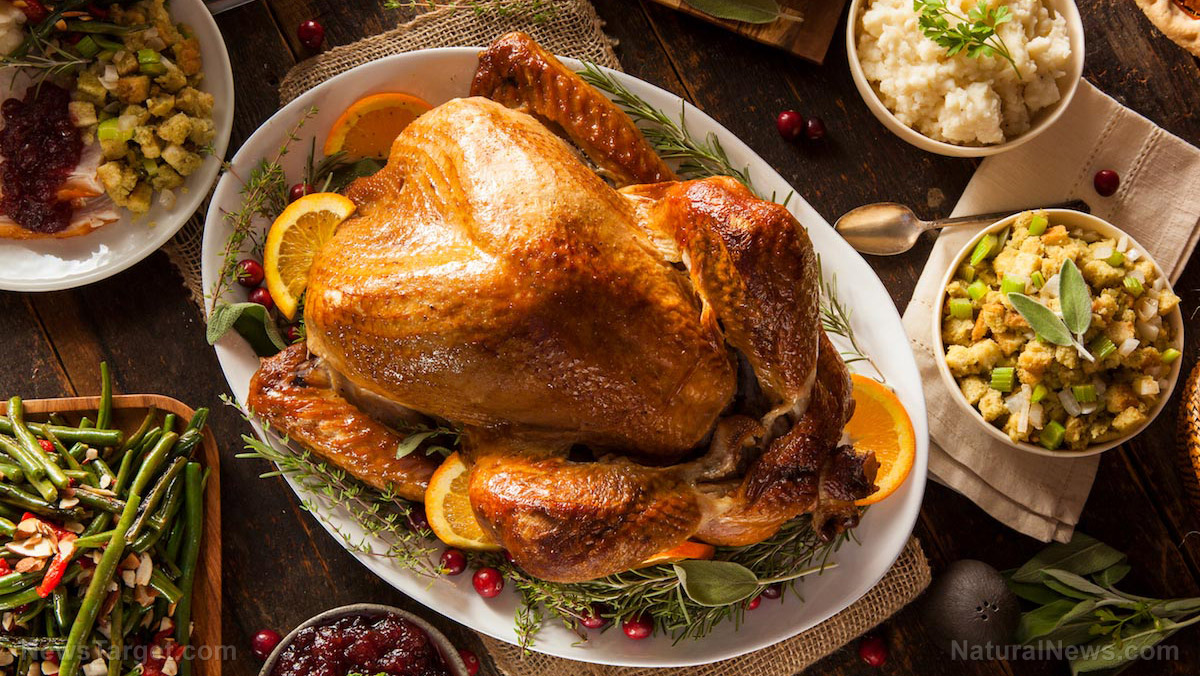Hong Kong recently banned U.S. poultry amid bird flu outbreak in 5 states
01/16/2024 / By Olivia Cook
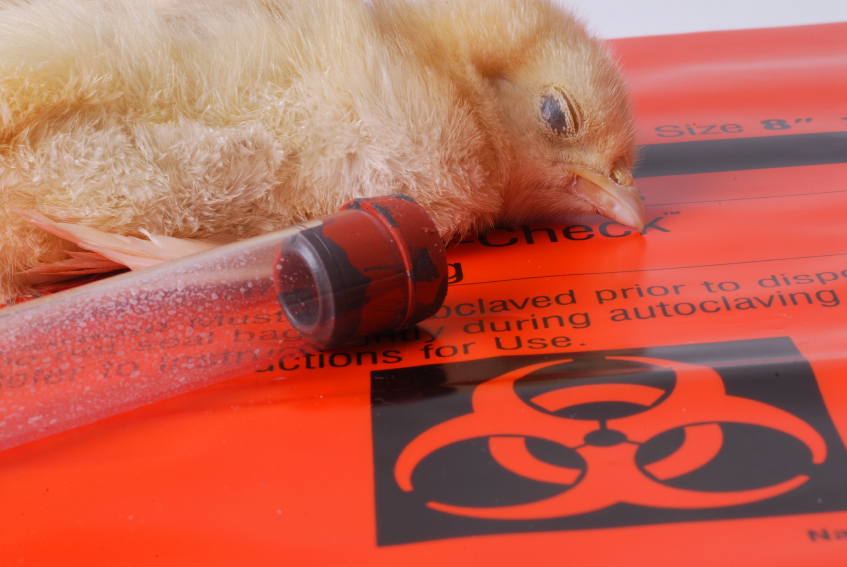
Just two weeks before Christmas, worried officials in Hong Kong slapped a ban on poultry (largely chicken and turkey) and eggs from several parts of the U.S. to protect public health in the Special Administrative Region.
Authorities said the importation ban was prompted by an outbreak of the highly pathogenic avian influenza (HPAI) H5N1 virus, which caused severe respiratory disease (bird flu) and death in birds in five U.S. states as well as several parts of Europe.
Hong Kong ignores CDC advice, issues temporary ban on U.S. poultry
According to the U.S. Centers for Disease Control and Protection (CDC), “[it] is safe to eat properly handled and cooked poultry and poultry products in the United States.” The agency further explains that cooking poultry and eggs to an internal temperature of 165 degrees Fahrenheit “kills bacteria and viruses, including bird flu viruses.”
But despite these assurances, Hong Kong’s Center for Food Safety (CFS) still opted to impose a temporary ban, instructing traders to suspend the importation of poultry meat and products, including eggs, on Dec.11. The CFS said it was notified by the World Organization for Animal Health (WOAH) about the outbreaks of HPAI H5N1 in Poland, the U.K. and certain parts of the United States.
Areas affected by Hong Kong’s ban include Johnson County in Arkansas; Stanislaus County and San Benito County in California; Bent County in Colorado; Darke County in Ohio; and Barron County in Wisconsin.
Hong Kong also suspended trade with the Goleniowski District in northwestern Poland and the East Devon District of Devon County in the United Kingdom.
According to the Census and Statistics Department, Hong Kong imported close to 21,500 tons of chilled and frozen poultry meat and more than 57 million poultry eggs from the U.S. in the first nine months of 2023.
A spokesperson added: “The CFS has contacted the American, British and Polish authorities over the issues and will closely monitor information issued by the WOAH and the relevant authorities on the avian influenza outbreaks. Appropriate action will be taken in response to the development of the situation.”
As of December 28, poultry and egg products from a total of 70 counties in 18 U.S. states were still ineligible to ship to Hong Kong, a voluntary report by the U.S. Department of Agriculture reveals.
The ban on the said products are still in effect as of January 10.
H5N1 is killing not just birds, but also mammals
The bird flu outbreak in the U.S. has led to the culling of infected birds and is said to be responsible for the deaths of several other animals, including cats, minks, sea birds and sea lions.
Last October, Newsweek reported that the lethal bird flu variant H5N1 has also reached Antarctica’s Bird Island, killing a notable number of migrating brown skuas and endangering thousands of other bird species, including endangered ones. The Scientific Committee on Antarctic Research (SCAR) also reported that “over 500,000 seabirds and over 20,000 sea lions have died due to HPAI H5N1 in Peru and Chile alone.”
According to a study published in the journal Veterinary Quarterly, the HPAI H5N1 outbreak in Chile caused a significant surge in stranding and a mass mortality event among South American sea lions last year, with numbers peaking at 4,545 in June. The virus was found to cause not only respiratory but also neurological issues in the marine mammals, such as disorientation, tremors, ataxia (loss of coordination) and paralysis. (Related: The next “pandemic” is already planned” SARS + HIV + H5N1 [bird flu].)
Animal-to-human transmission of bird flu is also possible, according to the CDC, although infection occurs “usually after close contact with infected birds.” This means people who work on poultry farms or interact with wild birds are the most likely to contract bird flu. Symptoms of the avian influenza may include fever, cough, sore throat, difficulty breathing, eye irritation, headaches, body aches and diarrhea. Treatment involves administration of antiviral drugs.
Visit Outbreak.news for more stories like this.
Watch the following video about poultry prices to climb in 2024 as bird flu wipes out U.S. flocks.
This video is from the TruNews channel on Brighteon.com.
More related stories:
WHO warns H5N1 bird fly still a major pandemic threat.
Moderna developing new mRNA flu vaccine for upcoming avian influenza pandemic.
Sources include:
Apps.FAS.USDA.gov [PDF]
Submit a correction >>
Tagged Under:
avian influenza, big government, bird flu, chaos, China, clean food watch, dangerous, ecology, environment, food collapse, food police, food safety, food supply, H5N1, Hong Kong, infections, kill vectors, national security, outbreak, panic, plague, poultry, supply chain, WOAH, zoonotic transmissions
This article may contain statements that reflect the opinion of the author
RECENT NEWS & ARTICLES
FoodRationing.news is a fact-based public education website published by FoodRationing News Features, LLC.
All content copyright © 2021 by FoodRationing News Features, LLC.
Contact Us with Tips or Corrections
All trademarks, registered trademarks and servicemarks mentioned on this site are the property of their respective owners.





